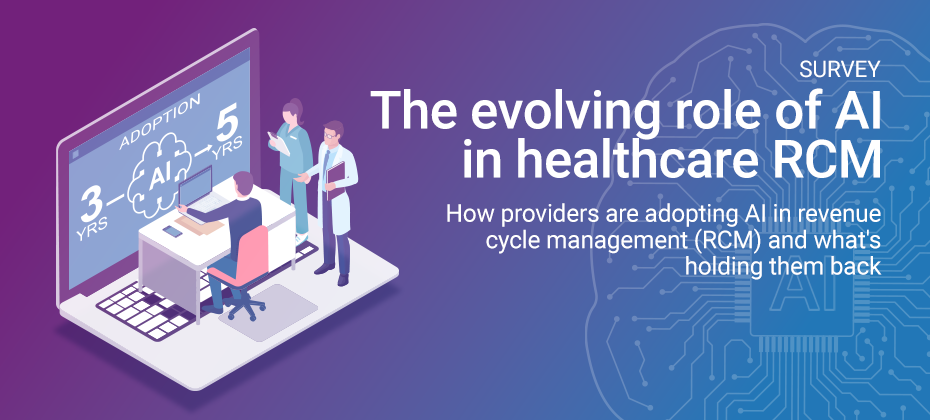Remember those commercials for the hamburger chain in the mid-1980’s? An elderly lady angrily shouted, “Where’s the beef?” in response to seeing a tiny burger on a large, fluffy bun.
If that same creative concept were applied to healthcare today, perhaps the lady would proclaim, “Where’s the data?” when looking at the revenue cycle. While healthcare as a whole is moving toward using clinical data and analytics to enhance patient care, most organizations aren’t realizing the true potential of financial data to drive revenue cycle performance.
So where does that potential lie? Quite simply, it lies in the vast amounts of financial data that healthcare organizations can access, yet do so ineffectively. By leveraging this existing data more appropriately, organizations can build and sustain margins while improving performance and enhancing the patient experience. Consider these three areas of opportunity to use data to drive the revenue cycle.
Patient Access
Correctly capturing and analyzing patient data at the initial point of contact allows an organization to reap large rewards, both clinically and financially. For example, correct patient identification reduces the risks of fraud and identity theft and ensures that medical records are being provided for the right patient, thus preserving patient safety. In addition, using data to provide accurate estimates of the patient’s payment responsibility up front and developing customized payment plans can elevate patient satisfaction as well as propensity to pay, allowing the healthcare organization to enhance collections and reduce bad debt.
Claims and Contract Management
Another area of opportunity is in payer contracts and claims. During contract negotiations, data and analytics help identify new service line opportunities for enhanced financial performance. Claims are more accurate and efficient when analytical tools review them before submission, comparing them with contract requirements and kicking out those with errors or ones that require further information. Consider the example of a healthcare organization that improved its recovery rate on denials by almost 50 percent by leveraging data to compare the amount received for the claim with the contracted amount.
Collections
Data and analytics also can be used to improve internal collections efficiency and profitability. Organizations can use data to segment accounts that share demographic and financial profiles, rather than simply looking at balance amounts and number of days open. This allows collections staff to prioritize work based on a patient’s likelihood to pay, which improves both collections and the patient experience. For example, a patient scoring in the “most likely to pay” segment may not need a call until day 75, while someone in a lower segment may need additional calls and help setting up a payment plan within the first month. Segmenting in this way not only increases the likelihood of successful payment, it preserves patient satisfaction at the same time.
Realize your revenue cycle’s true potential by leveraging financial information to enhance performance. Moreover, marry these activities with efforts to use clinical data to improve care, and you can realize a comprehensive approach to elevating overall quality and performance. You’ll no longer need to ask, “where’s the data?”
Learn more about leveraging data and analytics to drive the revenue cycle with this white paper: The new revenue cycle imperative: A data-driven approach to minimizing risk and optimizing performance.


